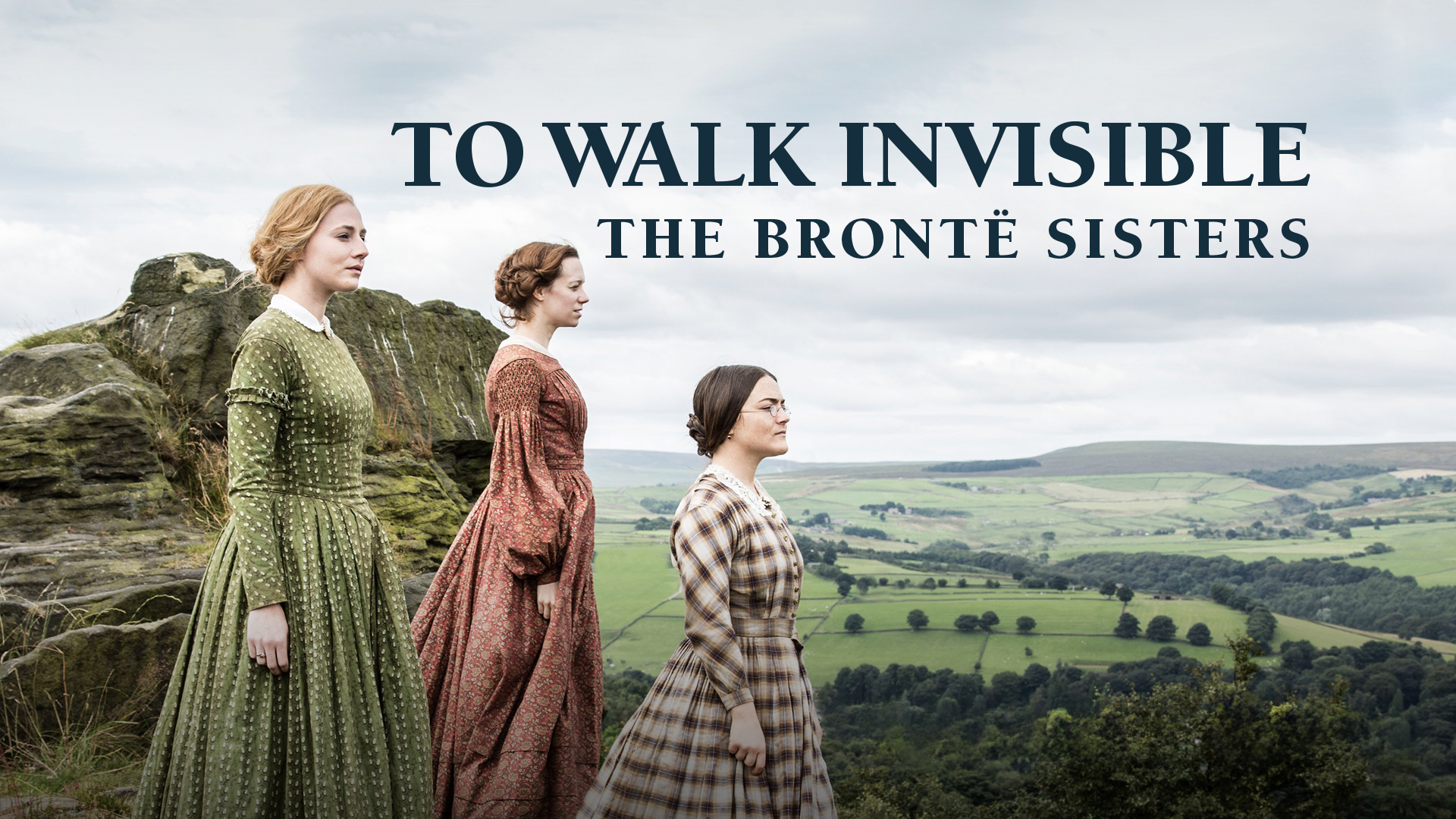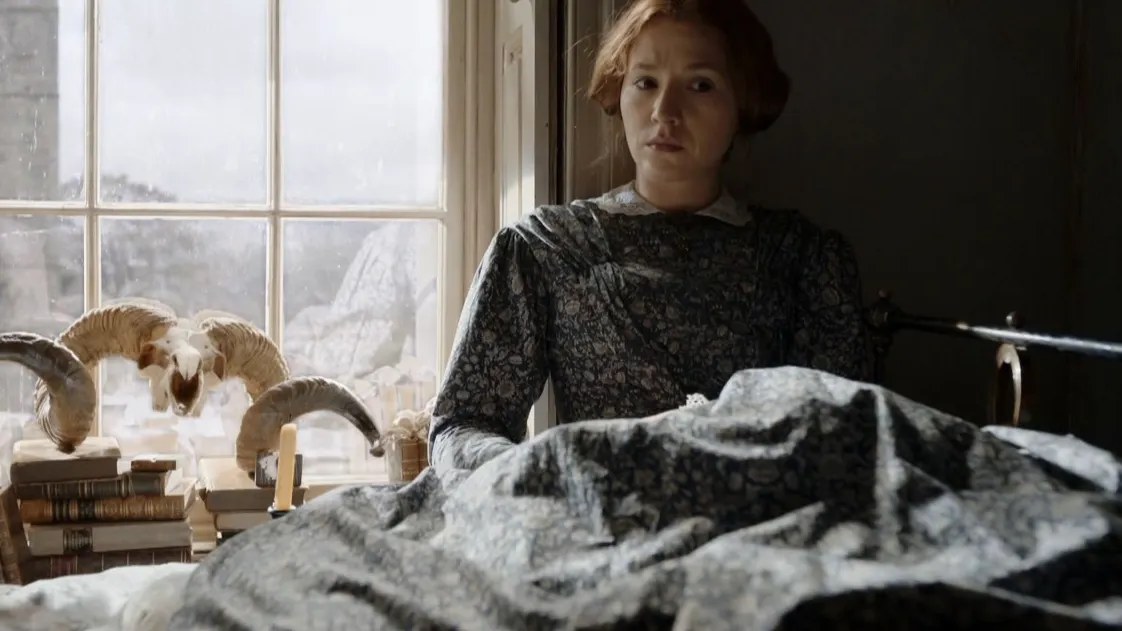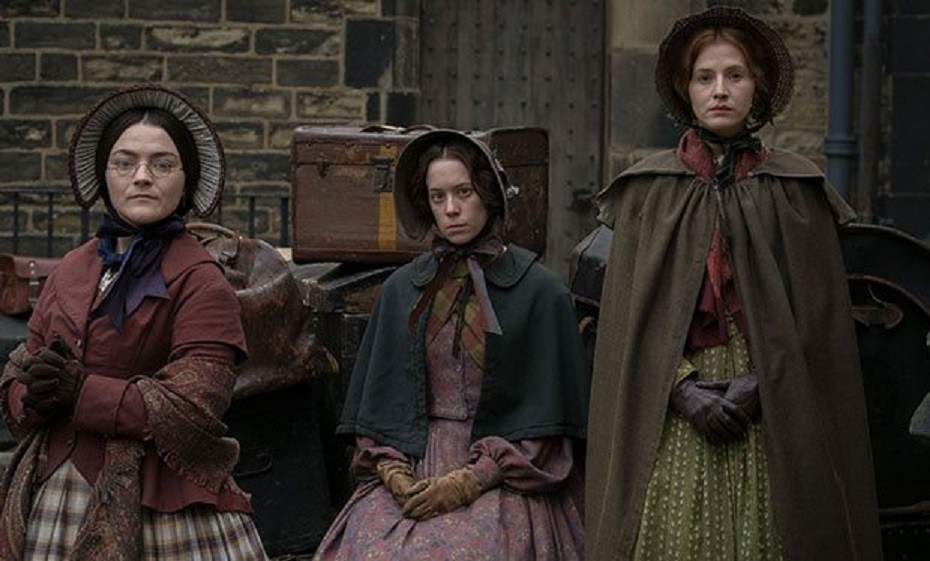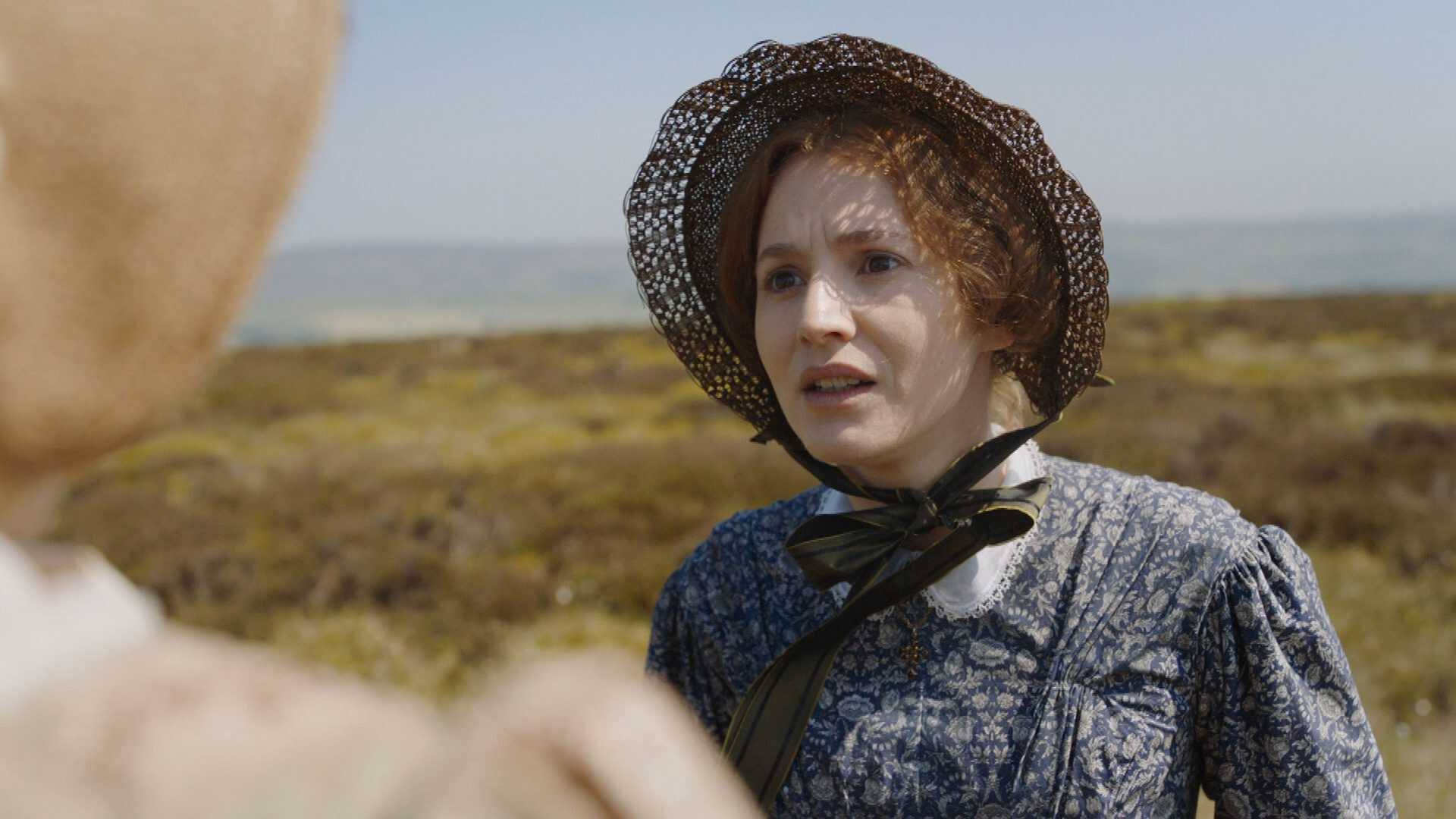To Walk Invisible (2016)

To Walk Invisible is a British television drama that aired on BBC One on December 29, 2016. Written and directed by Sally Wainwright, the film delves into the lives of the famous Brontë family, focusing particularly on the relationships between the Brontë sisters—Charlotte, Emily, and Anne—and their troubled brother, Branwell. Set against the backdrop of 19th-century England, the film captures the challenges, struggles, and triumphs of these literary figures, shedding light on their personal lives and the impact of their work on English literature. With a stellar cast and poignant storytelling, To Walk Invisible provides an intimate portrayal of a remarkable family.
The plot of To Walk Invisible is centered around the Brontë family’s life in the Yorkshire moors. The story focuses on the strong but often tumultuous relationships between the Brontë sisters, especially their individual struggles with societal expectations, creative ambitions, and personal loss. Charlotte (Finn Atkins), Emily (Chloe Pirrie), and Anne (Charlie Murphy) are portrayed as determined and independent women, writing under male pseudonyms to navigate the patriarchal literary world. Their brother Branwell (Adam Nagaitis) is shown as a troubled and self-destructive figure, whose actions affect the family deeply. The film explores the sisters’ bond as they work together to create some of the most enduring novels in English literature, while also navigating personal and family crises.
The characters in To Walk Invisible are richly portrayed, with each Brontë sibling having a distinct personality and emotional depth. Charlotte, as the eldest sister, is depicted as a determined and ambitious writer who strives to find recognition for herself and her sisters. Emily, passionate and reclusive, is shown in a more introspective light, consumed by her desire to express her inner world through writing. Anne is portrayed as thoughtful and compassionate, yet deeply affected by the isolation she experiences as a woman in a male-dominated literary field. Branwell, played by Adam Nagaitis, is a tragic figure whose mental health and substance abuse problems create tension within the family. His destructive behavior and complicated relationship with his sisters provide much of the emotional conflict in the film.

At its core, To Walk Invisible explores the theme of creativity and the repression faced by women in a time when their voices were not heard. The Brontë sisters had to publish their works under male pen names—Currer, Ellis, and Acton Bell—because women authors were not taken seriously at the time. The film highlights the emotional and societal constraints that shaped their creative pursuits, as well as the power and significance of their literary contributions. It also reflects the sisters’ struggle to maintain their independence in a world where marriage and domesticity were the expected paths for women. Despite these obstacles, they persisted, creating iconic novels like Jane Eyre, Wuthering Heights, and The Tenant of Wildfell Hall, which continue to resonate with readers today.

Branwell Brontë’s character plays a pivotal role in the narrative of To Walk Invisible. His erratic behavior and self-destructive tendencies form a major source of tension within the Brontë family. Branwell is portrayed as a talented but troubled individual who is unable to live up to his potential. His struggles with addiction, depression, and failed ambitions impact his sisters, who care for him despite his increasingly destructive actions. The film presents Branwell as both a source of frustration and a symbol of the personal and familial burdens the Brontë family faced. His tragic downfall serves as a sharp contrast to his sisters’ resilience and creative achievements, emphasizing the complex dynamics within the Brontë household.

The visual style of To Walk Invisible captures the bleak yet beautiful setting of the Yorkshire moors, providing a fitting backdrop for the Brontë sisters’ story. The cinematography highlights the isolation and ruggedness of the environment, mirroring the internal struggles and emotional landscapes of the characters. The moors are depicted as both a source of inspiration and a symbol of the isolation the Brontës experienced. Sally Wainwright’s direction is subtle yet powerful, focusing on the personal relationships and emotional depth of the characters. The film’s pacing allows for quiet moments of reflection, balanced with the emotional intensity of the Brontë family’s journey, making the narrative both intimate and universally relatable.











